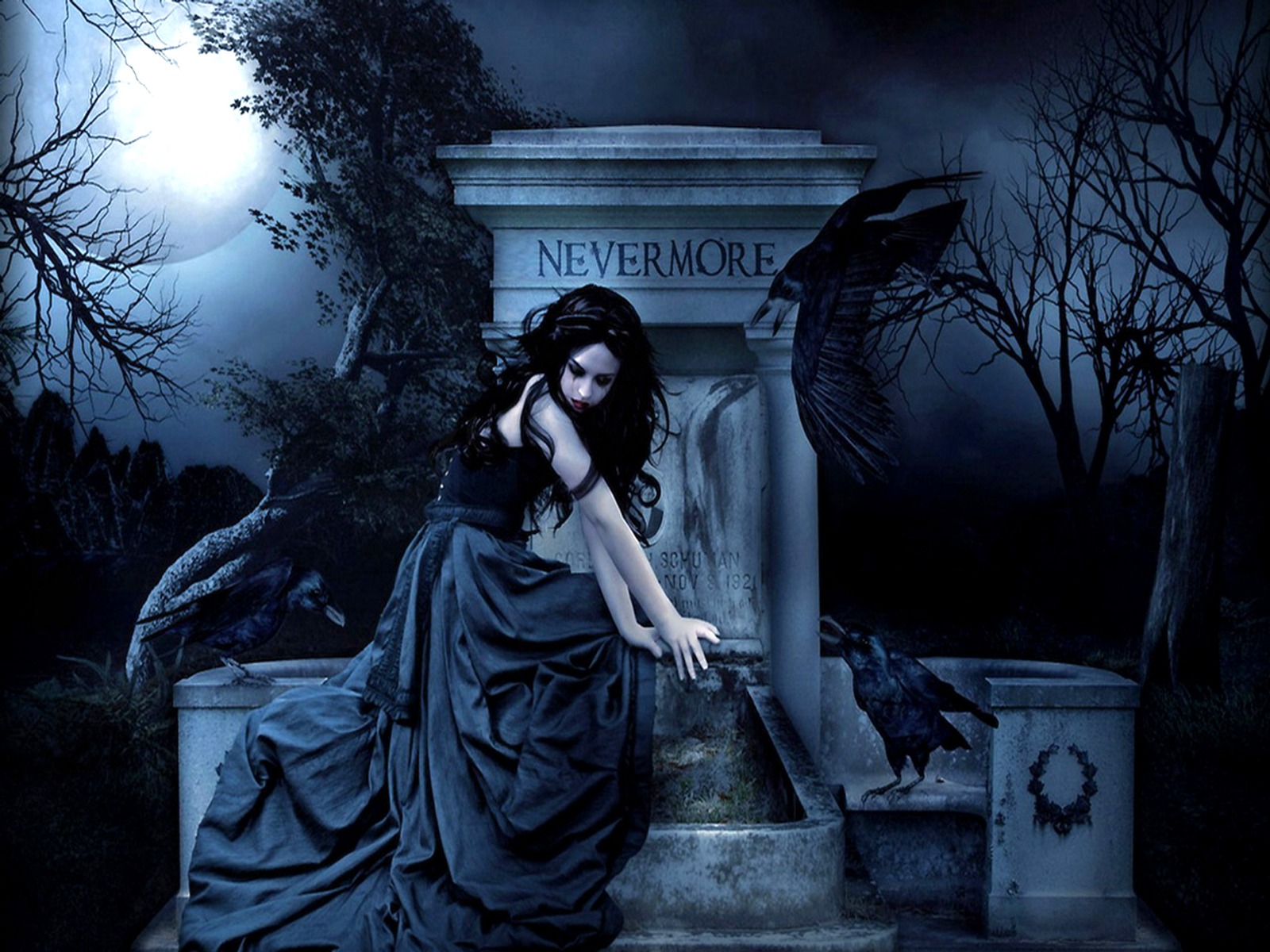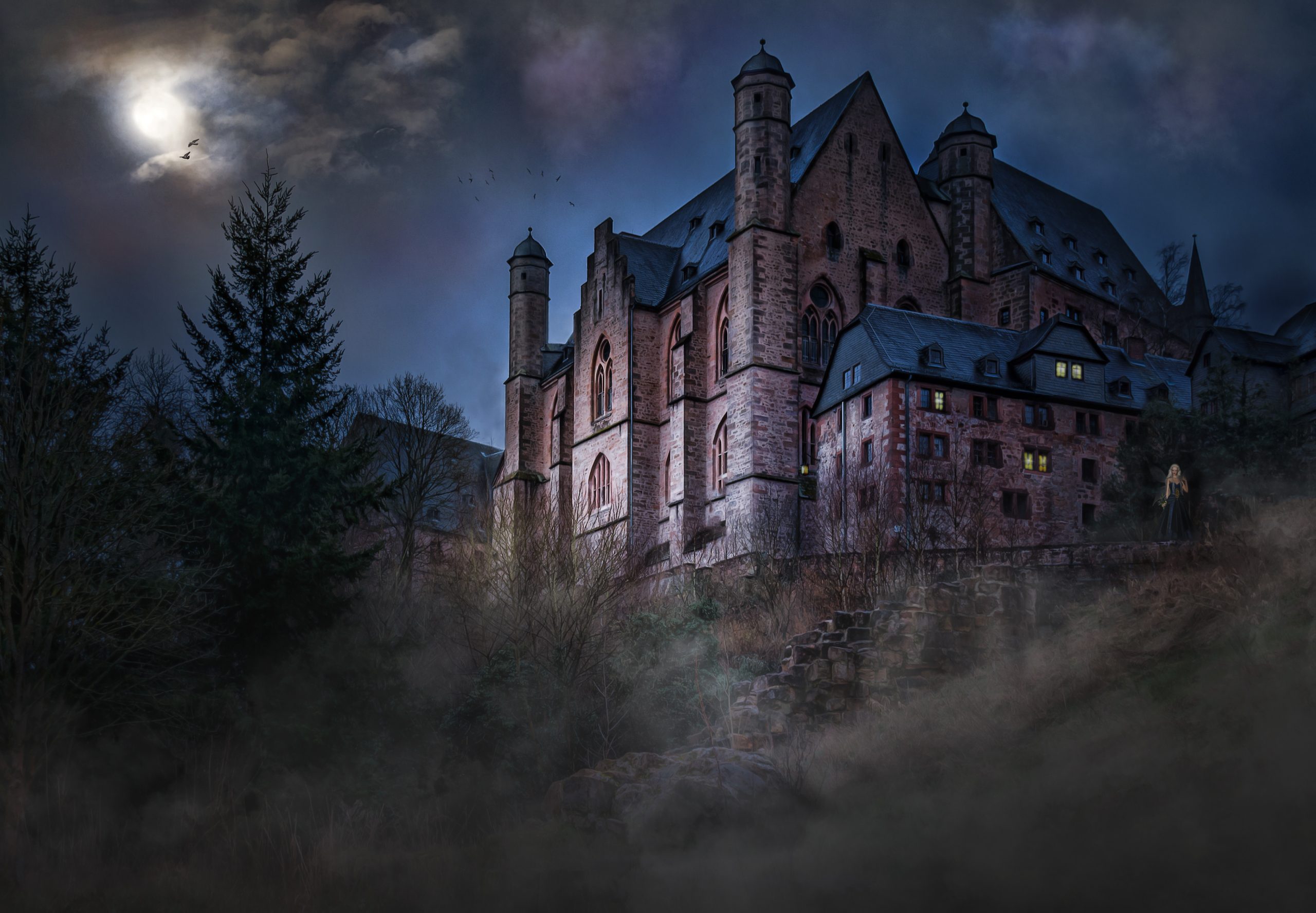
Picture, if you will, a windswept moor, shrouded by heavy fog, a derelict mansion in the background. Out of the mist, a figure appears, wrapped in a billowing cloak. A bell rings out, followed by a piercing scream.
This could be the beginning of any number of Gothic tales. Originating in the 1700s, the Gothic horror genre stemmed from an aesthetic of, in author Laura Amy Schlitz’s words, “dingy splendor” and “decorative gloom.” Playing on our curiosity and our fears, it invokes desolate landscapes, decrepit houses, and characters unhinged, desperate, or otherwise dysfunctional. “Once you know that a novel is of the Gothic kind,” wrote Eve Sedgwick, “you can predicts its contents with an unnerving certainty. You know the important features of its mise-en-scène: an oppressive ruin, a wild landscape, a Catholic or feudal society. You know about the trembling sensibility of the heroine and the impetuosity of her lover.”
From Ann Radcliffe to the Brontë sisters, women have been some of the most successful Gothic authors. Many of them wrote from their own tortured circumstances or mental distress, drawing on the angst of their lives to create enduring tales of terror. For some of these women, the tension lay in the lack of agency or control they had over their lives, or the attempts made to domesticate or tame the parts of themselves deemed “unladylike” in their times. For others, it was from a place of paranoid anguish. Either way, the vulnerability of being human was the real terror: being at the mercy of looming threats due to a real (or perceived) weakness of mind, character, or social standing.
Horace Walpole’s The Castle of Otranto (1764) is widely considered the first entry into Gothic horror, but the genre didn’t become mainstream until a few decades later, through the work of Ann Radcliffe, an 18th century literary star (the Stephen King of her time). She earned hundreds of pounds for each of her novels, in comparison to the £10-20 pounds per novel received by some of her contemporaries, including Jane Austen for her Gothic satire Northanger Abbey. Her most famous was The Mysteries of Udolpho, a tale of a young, orphaned woman imprisoned in a castle by a terrifying nobleman. Various supernatural events and horrors ensue. For Radcliffe, there was a fundamental difference in the kind of reaction she hoped to provoke (terror), and the kind other writers strove toward (horror): “Terror and Horror are so far opposite, that the first expands the soul and awakens the faculties to a high degree of life; the other contracts, freezes and nearly annihilates them.” Despite her success, Radcliffe spent the last 26 years of her life in seclusion, no longer publishing, with rumors that she eventually went insane.

Her successor, Mary Shelley, born at the tail end of the 1700s, wrote the classic Frankenstein at age 18, shortly after giving birth to her first child, who died after just 11 days. Shelley herself was motherless (in an eerie coincidence, her own mother died 11 days after giving birth to her), and raised by a single father. Shelley’s pregnancy came from an affair with a married man, whose wife eventually killed herself, and with whom she spent years living penniless and ostracized from society because of the scandal. It isn’t hard to connect her experiences with that of the creature in her novel Frankenstein, in which a patched-together corpse is brought to life and escapes from his creator’s clutches, trying to make his way in an unkind world. Despite the inhumanness of its subject, the horror in Frankenstein is as human as it gets, touching on the universal fear of being outcast and unloved by others — including one’s creator — with no hope for acceptance or reconciliation. “Believe me, Frankenstein,” the creature laments to his maker, “I was benevolent; my soul glowed with love and humanity; but am I not alone, miserably alone?”
Charlotte Brontë, born in the early part of the 19th century and part of the famous trio of Brontë sisters (Charlotte, Emily, and Anne), is most famous for penning the classic Gothic romance Jane Eyre. The eponymous heroine of the story is a plain, poor governess who ends up at an isolated manor house working for (and, eventually, falling in love with) a mysterious master with an enormous secret — he has an insane wife, kept locked away in the house’s attic. Scholars have suggested that Brontë was describing a picture not just of herself and her place in society (as the plain governess, Jane), but of the parts of herself deemed abhorrent by society (represented by the mad wife in the attic). If Jane is the contained, restricted self that longs for a break from propriety but stays within society’s boundaries, the locked-up Bertha is the crazed, unwieldy self, burning with rage and lust for all that’s withheld. In Brontë’s own life, she was in love with a married professor, wrote desperate letters to him, and ultimately left her governess studies at the school where he taught in order to put distance between them. It’s easy to imagine the inner conflict between desire and decorum that tormented her, and, in turn, her heroine.

Mary Shelley
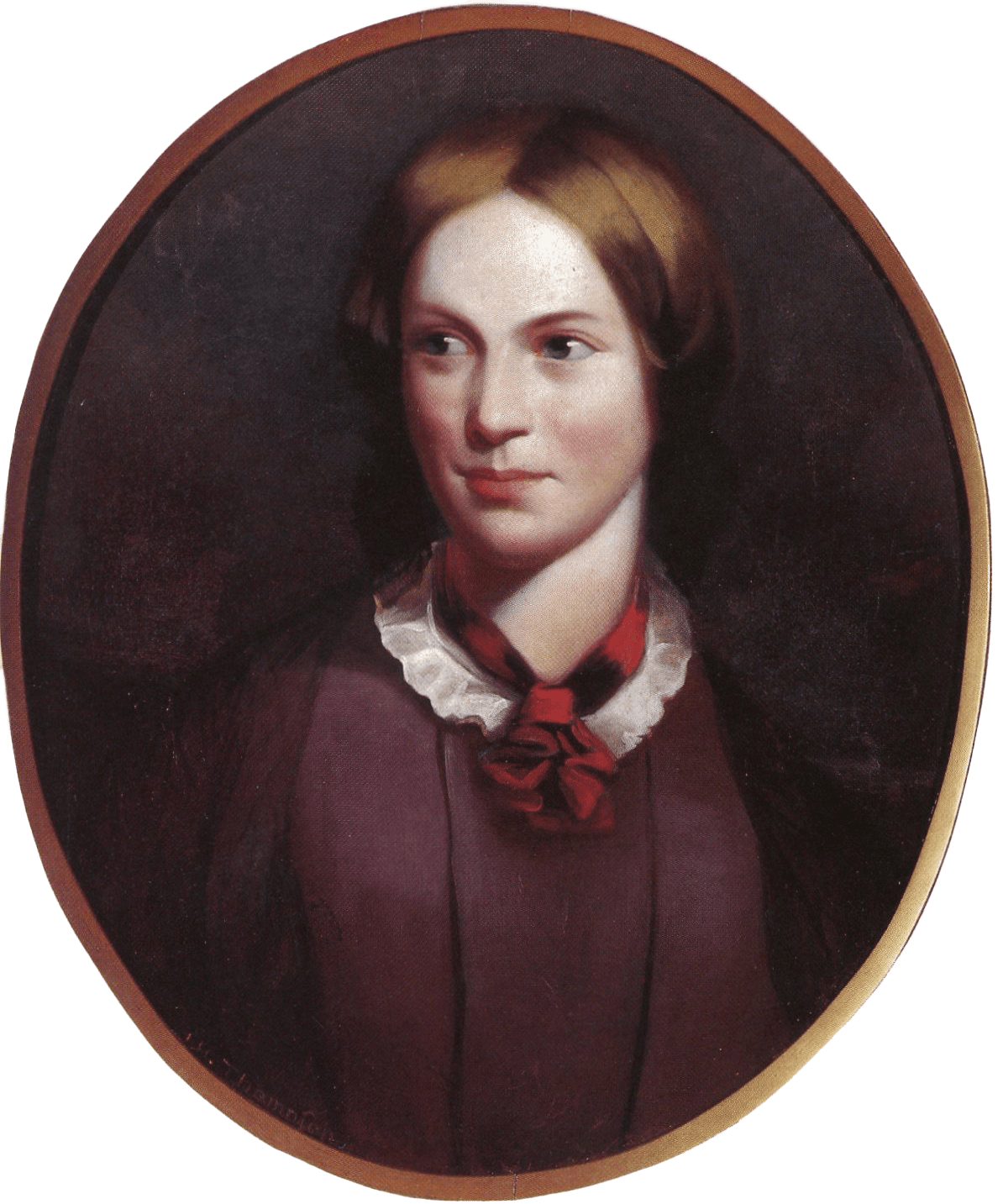
Charlotte Brontë
Charlotte’s sister, Emily Brontë, wrote Wuthering Heights, a tale of violence, passion, thwarted romance, and even ghosts. She led, in her sister Charlotte’s words, “her own very noiseless, very secluded but unrestricted and unartificial mode of life,” leaving school early to retain her solitude, and rarely leaving the family home due to poor health. Perhaps this confinement explains what Elizabeth Hardwick, a biographer of the Brontës, found in Wuthering Heights, describing it as filled with “rage and ragings…discontent and angry restlessness.” If nothing else, her seclusion seems to have resulted in a kind of hopelessness that she attempted to reconcile in her writing. “Emily Brontë,” Hardwick wrote, “appears in every way indifferent to the need for love and companionship that tortured the lives of her sisters…There is a spare, inviolate center, a harder resignation amounting finally to withdrawal.” This divergence from societal norms, whether chosen or forced on her by illness, was fuel for Brontë’s writing, and her initial audience found it all too disturbing, as if the strangeness in choosing a path less trodden was as terrifying as the uncertainty of the path itself.
The Gothic tradition was carried into the 20th century by Daphne Du Maurier, author of a number of acclaimed novels including Rebecca and Jamaica Inn. She was a muse to horror maestro Alfred Hitchcock, who ultimately adapted two of her stories, Rebecca and The Birds, to film, to great acclaim. In Rebecca, easily Du Maurier’s most famous novel, a young woman marries a wealthy widower, only to find the memory of his first wife haunting their house, their servants, and eventually, she herself. It was Du Maurier’s ability to take something simple and ordinary (a flock of crows, or her own personal angst at living in the shadow of her husband’s former wife) and turn them into chilling, psychological thrillers. The writer was described as “reclusive and agonizingly shy,” although she lived a life ahead of her time, inverting gender norms by occasionally dressing in menswear (often her husband’s) and taking female lovers. As a woman, though, she still felt the restrictions of her place in society, writing in her diary, “What a pity I’m not a vagrant on the face of the earth, wandering in strange cities, foreign lands, open spaces, fighting, drinking, loving physically. And here I am, only a silly sheltered girl in a dress, knowing nothing at all — but Nothing.”
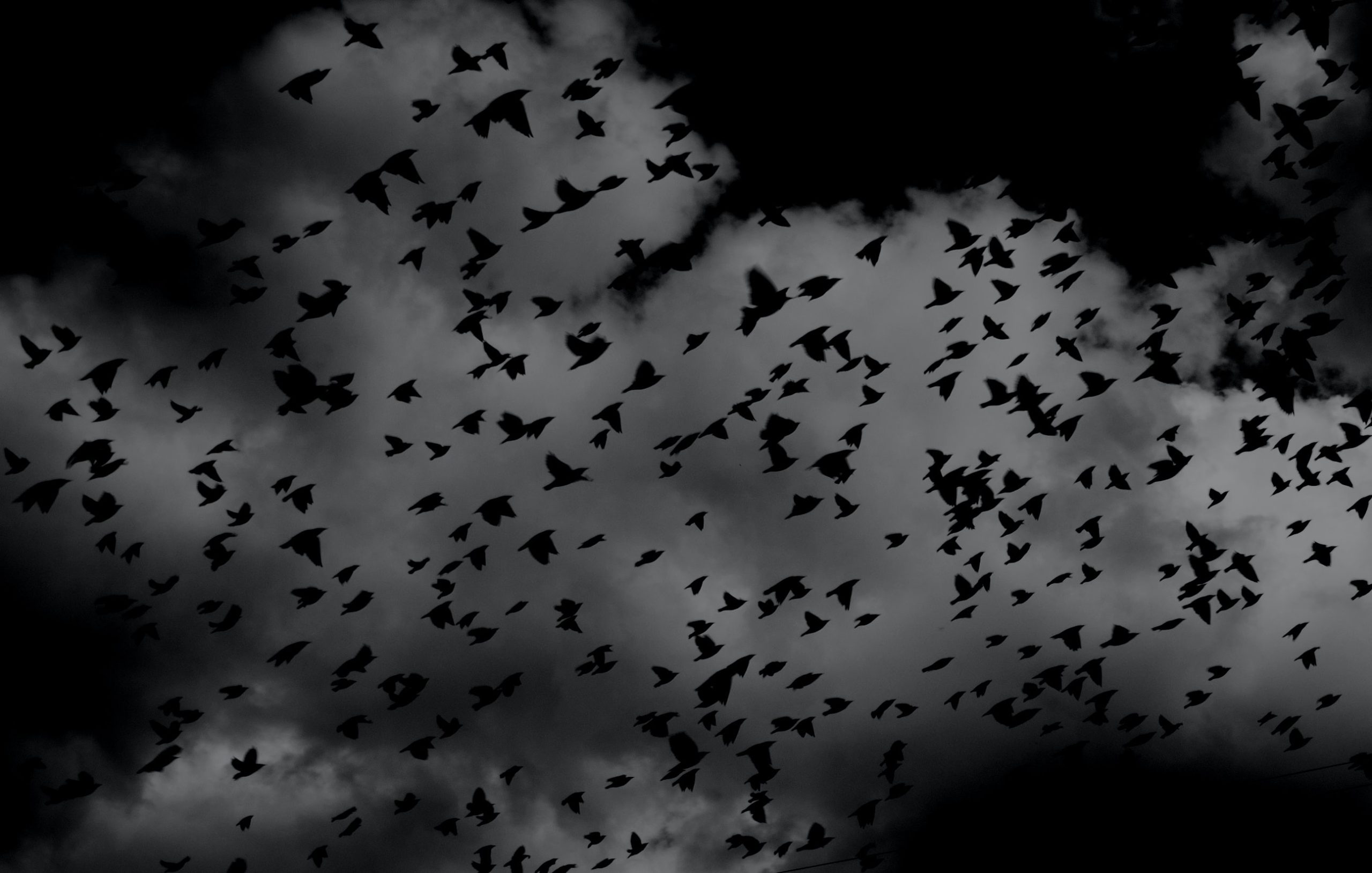
Narrowness of experience, of course, is its own kind of fear. A near-contemporary of Du Maurier’s, horror writer Shirley Jackson, also struggled with the self-sabotage of her own anxieties. From famous short stories like The Lottery to critically acclaimed novels The Haunting of Hill House and We Have Always Lived in the Castle, Jackson found success early on, which happily continued throughout her entire career. Her characters are often lonely, strange, outcasts from society, and either architects or victims of their own dark circumstances. In her personal life, Jackson was challenged by a verbally abusive (and chronically unfaithful) husband, along with her own batch of mental inhibitions, including paranoia, agoraphobia, panic attacks, debilitating anxiety and a longstanding relationship with alcohol, tranquilizers, and amphetamines. “I wrote of neuroses and fear,” Jackson said, “and I think all my books laid end to end would be one long documentation of anxiety.” In an unpublished essay, she admitted, “i used to think that no one had ever been so lonely as i was and i used to write about people all alone…i thought i was insane and i would write about how the only sane people are the ones who are condemned as mad and how the whole world is cruel and foolish and afraid of people who are different.” Her own grasps at sanity — therapy, and a plan to leave her cruel husband behind — came too late, and she died at age 48 of cardiac arrest. Out of her inability to create a life for herself free from fear, she understood the blend of psychosis and writing, noting in a journal entry: “i am tangling with things which are potentially explosive (and thus things in myself potentially explosive).”
Our fascination with terror has everything to do with our fascination with, and repulsion toward, fear. “In gothic fiction, the prevailing emotion is fear, and that quite often leads to madness,” wrote Shannon Turlington. “Trying to look what we can’t comprehend square in the face is enough to drive anyone insane.” She argues the goal of the genre is “to disturb,” reminding us of “our illusions of being in control.” Whatever the case may be, the scariest stories are always the ones that hit closest to home. A ghost or haunted mansion might be scary, but it’s the psychological terror that’s far more likely to leave an impact. The more personal the writing is to an author — whether in its exploration of a forbidden romance, a monster outcast from society, or the unravelling of a terrible secret — the more personal and relevant it’s likely to be for readers. If the fear described is not merely imagined, but one realized in our own lives, the horror of it only grows more palpable to an audience.
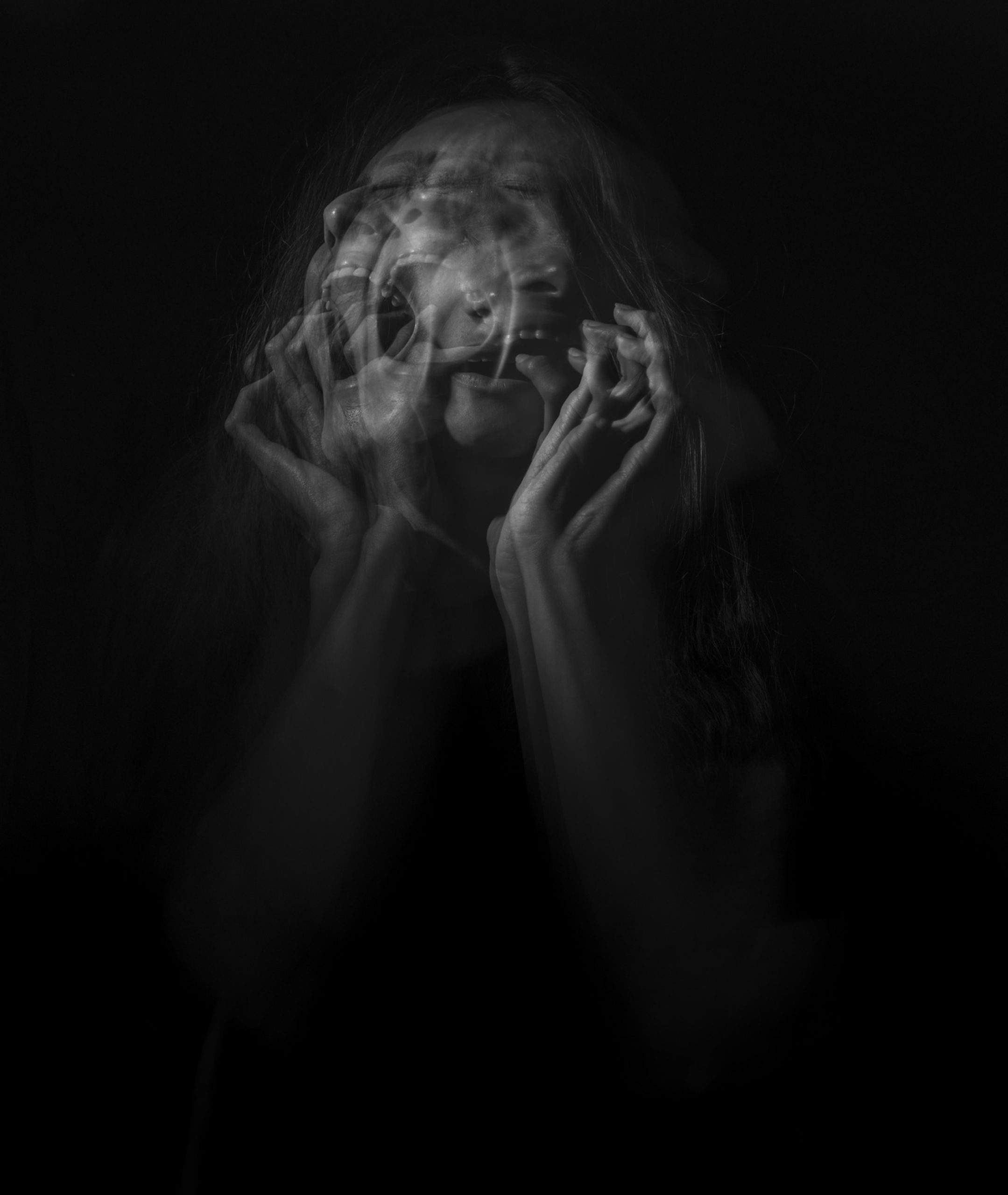
These women’s stories succeeded not just because of their plot twists, but also because they were acute character studies. This may be a trait particular to female authors. “Women,” wrote Dr Melissa Edmundson, a specialist in 19th– and early 20th-century female British writers, “pay just as much attention to the people in their stories; they never lose sight of the human element. And that is fundamentally what all good scary stories do: they tell us about ourselves, our fears and anxieties, how we cope with the imperfect, unpredictable world around us.”
Not only were writers like the Brontës or Shirley Jackson psychologically perceptive, they also had a keen connection to home, and its symbolism of safety. “The motif of the house is central to the construction of the Gothic,” wrote Samantha Landau in her essay on Emily Dickinson, “Haunted Houses and Uncanny Spaces.” In the Gothic genre, she explained, the symbol of a home or family as something nurturing and idyllic is inverted into scenes of dismal joylessness or hopeless fear. “The image of home retained the ambiguous ability to be at once intimate and yet strange, a tension that agitated anxiety.” Likewise, the confinement of women to the house, or, at the very least, their relative lack of agency and power, may have been what made these writers’ fears so palpable and their understanding of the human psyche so astute. Whether in Rebecca’s Manderley, Jane Eyre’s Gateshead Hall, or the Blackwood’s impressive house and grounds in We Have Always Live in the Castle, home is where the heart is — along with all its fears and anxieties.
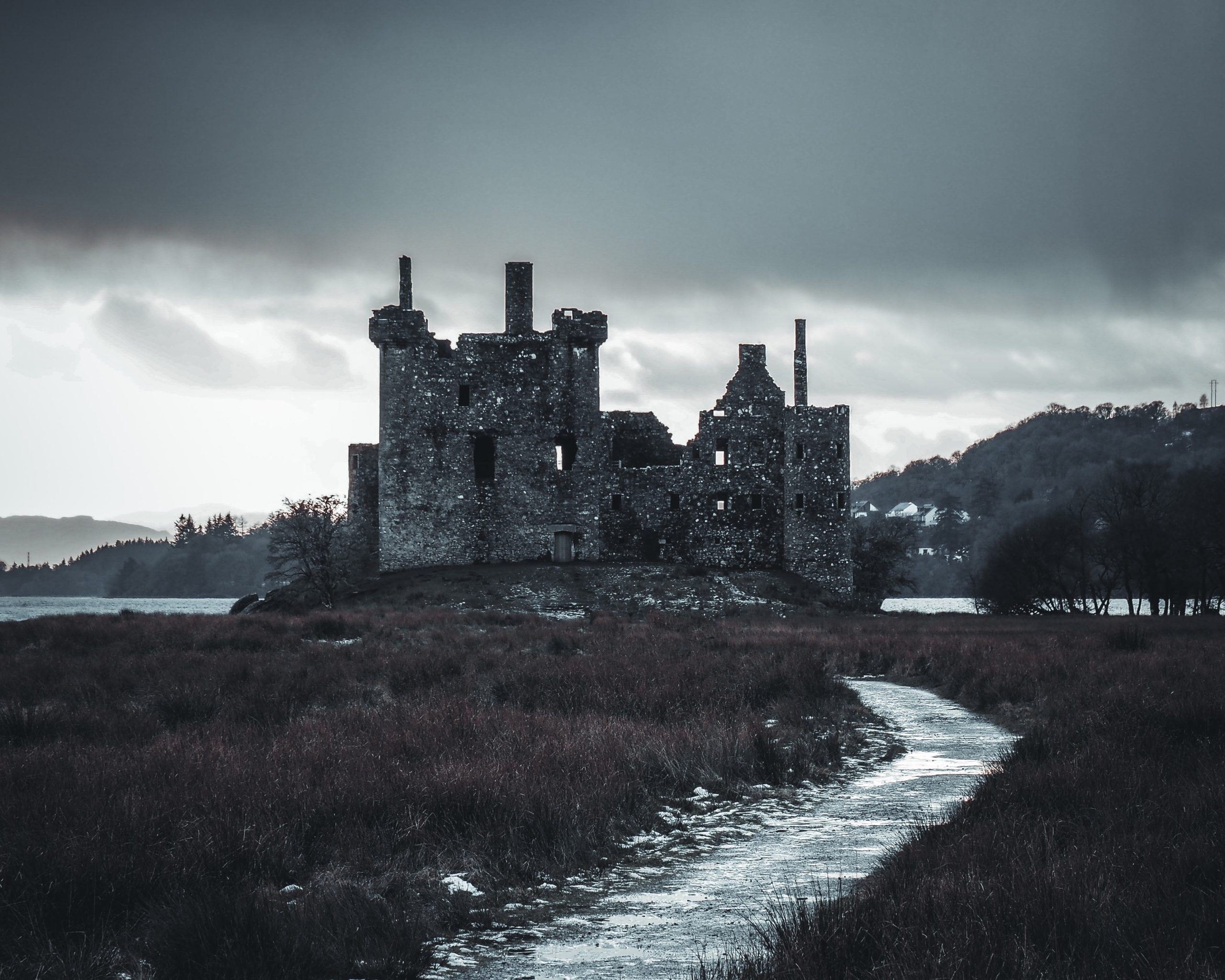
It’s a common assumption that the most restrictive — even horrifying — aspect of these women’s lives was patriarchal oppression in a society that frequently undervalued women as second-class citizens and restricted their opportunities. Ellen Moers phrased it as “women’s fears of entrapment within the domestic and within the female body” in her book Literary Women. Samantha Landau echoed this, writing that “the Gothic mansion is the apex of two powers struggling against each other—patriarchal control of female will and sexuality, and the rebellion of the female will against that control.” There’s another take, though, and it’s one Zoë Heller explored while writing about Shirley Jackson in The New Yorker. “The evil that lurks in Jackson’s fair-seeming homes is not housework,” Heller writes, “it’s other people — husbands, neighbors, mothers, hellbent on squashing and consuming those they profess to care for. And what keeps women inside these ghastly places is not societal pressure, or a patriarchal jailer, but the demon in their own minds.”
If that’s true, and the terror is, first and foremost, in their heads, then the notion that these women’s writing was purely a struggle against the limitations of society simplifies and underestimates the power they — and their words — had. Despite restrictive circumstances, their choices, including the one to write at all, are a large part of what led them to create with such success. In fact, it’s possible that limitation gave as much to them and their art as it took away. A study published in the Harvard Business Review found that “constraints can foster innovation when they represent a motivating challenge and focus efforts on a more narrowly defined way forward.” Without Charlotte Brontë’s experience of being a young, solitary woman making her way in the world, needing to earn a living, working as a governess, and falling in love with a man out of reach for someone of her class and beauty, Jane Eyre may never have been written. Daphne Du Maurier’s firsthand experience of living in the shadow of her husband’s first wife imbued the marrow of her most popular novel. Shirley Jackson wouldn’t have written her stories if she wasn’t so psychologically tormented — by her husband, certainly, but above all, by the torture chambers of her own psyche.
In the end, it’s likely not one or the other, but both. The restrictions these women faced tormented them, yes — and they’re what made their art so relevant and powerful. As Angela Carter said, “This is the attraction of genre. Within the limitations you have immense freedom.”
